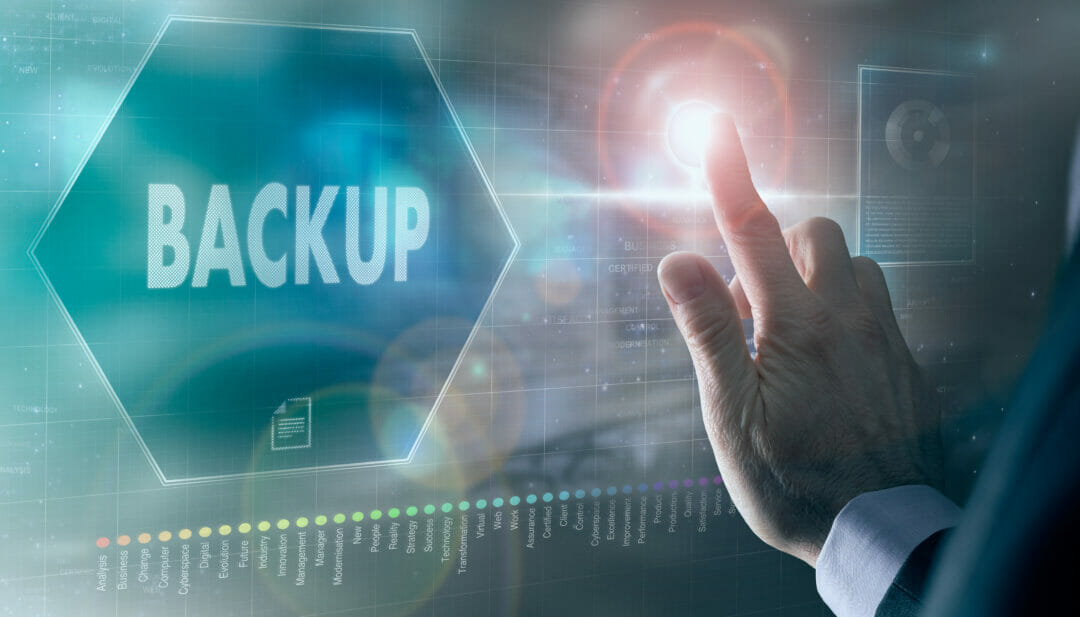At the beginning of the pandemic, many organisations throughout the world thought that remote working would be only temporary; a necessary, interim action for a few months at most, until the epidemic was brought under control and normality could be resumed. Remote working was not seen as a long-term viable option that could be successfully executed or permanently implemented. However, in 2020, the number of people working from home (WFH) in the UK more than doubled, and as we reach just over eighteen months into the pandemic, remote working has most certainly been proven to be successful and even beneficial, with many businesses now either permanently allowing all staff to work from home, or alternatively, looking to adopt a hybrid approach.
This shift to remote working has changed the way organisations protect and store their data. Backups must now protect data centres, endpoints, multiple clouds and SaaS – and this data is growing 33 times faster than those who manage it. Analyst firm IDC found that 64.2 zettabytes of data were created in 2020 alone. IT security teams now have less oversight of remote employees, and home environments are often significantly less secure than their corporate counterparts.
World Backup Day 2021: what businesses need to know post-pandemic
Integrating backup and security strategies
Many companies had already started to integrate their backup and security strategies before the pandemic, and the continued evolution of the data protection landscape has made this shift in thinking a necessity in 2021 and beyond. As the sheer volume of data continues to grow and the number of threats continues to increase, it’s crucial that businesses equip themselves with integrated solutions that span both traditional security and backup functions to help prevent, anticipate and mitigate account compromise and data loss. Threats can also encompass employee negligence; hardware failure, disruption due to power failure, natural calamities, such as fires or floods, and a range of other network outages.
Unified business continuity and disaster recovery (BCDR) solutions represent a set of approaches or processes that helps an organisation recover from a disaster and resume its routine business operations. A BCDR plan ensures that businesses operate as close to normal as possible after an unexpected interruption, with minimal loss of data.
Disaster recovery is a key element of this, and backup is fundamental to that approach. Businesses need to determine acceptable downtime for critical systems and implement backup and disaster recovery (BDR) solutions for those critical systems as well as SaaS application data.
Unified backup solutions use automated disaster recovery testing to make sure backups are ready when disaster strikes. They provide IT professionals with innovative security features, time-saving automation and the ability to back up anything, anywhere. This, in turn, helps to protect against these events, while artificial intelligence (AI) and machine learning technologies play a key role in detecting anomalies in backup behaviours. Unified backup solutions manage appliances at multiple locations from a single intuitive user interface. Moreover, backup appliances can be scalable, working with the cloud for long-term data retention and disaster recovery spin-up.
With technicians spending up to 33% of their day monitoring, managing and troubleshooting backups, a truly unified solution is needed to provide a single view of the entire data landscape to save time and reduce human error. Automated tools that proactively fix common problems in the backup environment can help increase productivity and secure the environment, leaving more time for IT professionals to pursue more strategic initiatives.
Regardless of their size, businesses should prioritise a unified BCDR approach, encompassing a strong backup capability to help guarantee their IT environments are adequately protected in the event of any disaster.








